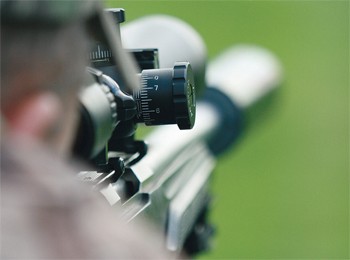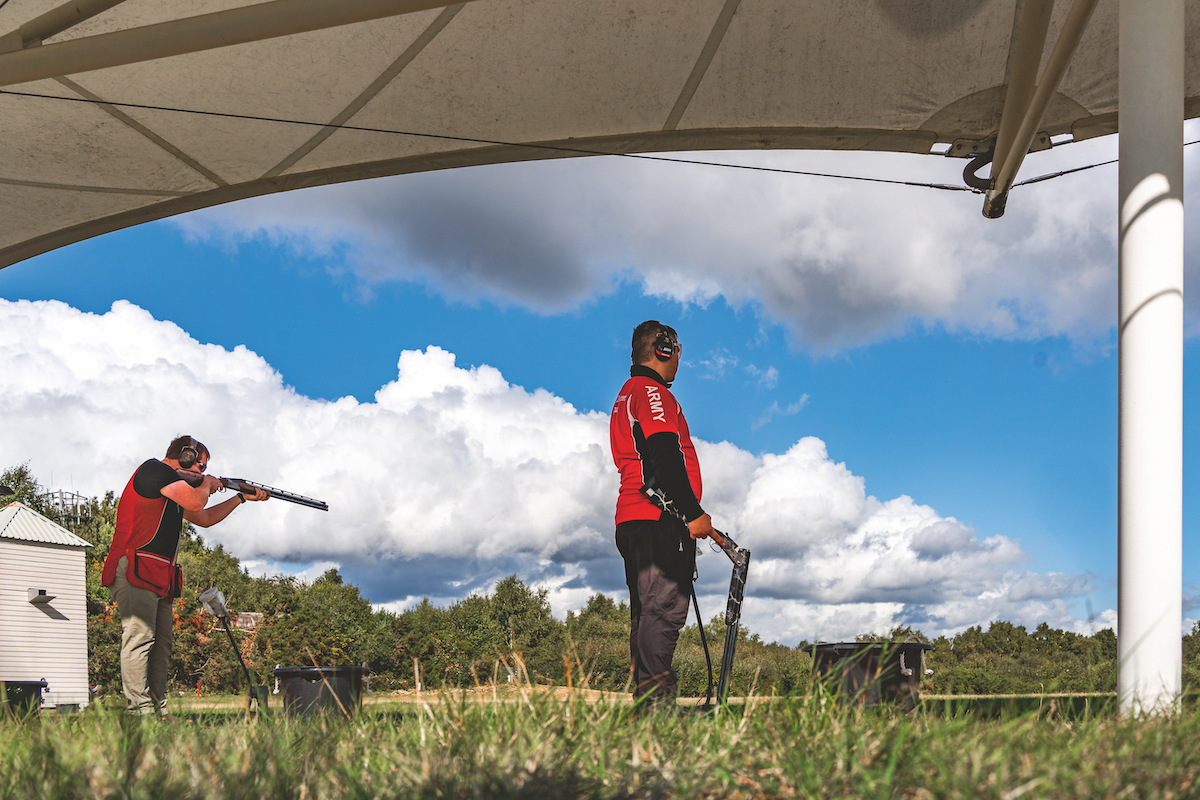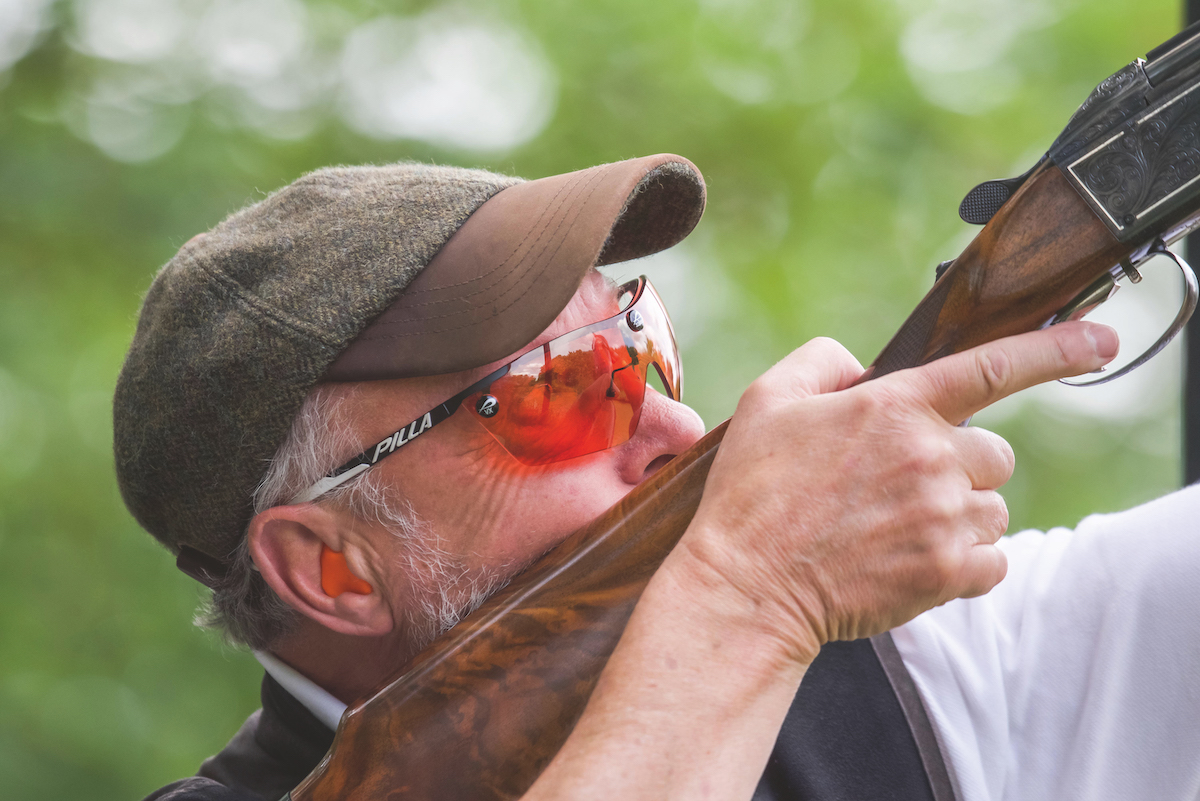Deer stalking: Meat loss or humane kill?

Most of my stalking is on roe deer which is why I am happy to use a .243 Remington 700 with a 105 grain Geco bullet that leaves the muzzle at 2955 ft per sec.
On the other hand, my pal Dean uses a 6.5×284. That’s a big gun I hear you say? Actually it’s a Winchester .285 necked down to fire a 6.5mm diameter bullet.
Not that common but we are starting to see more in the UK.
The muzzle velocity from Dean’s Norsika with a 129 grain bullet is 2800. Whenever a group of riflemen get together you can guarantee the best calibre rifle for deer will be discussed for hours.
Andrea is quite an expert and knows more than most simply by sitting at dinner listening to the conversation over the years.
Almost invariably the talk ends up on the amount of meat damage done to a carcass by the calibre and speed of the bullet.
Yesterday we shot two deer and you may find the following of some interest. The first deer was a doe kid taken by me and the second, a yearling shot by Dan.
The weights of the deer differed by a just one kilogram.
The shot I took was at 198 yards so the muzzle velocity at that distance would be around 2400 fps, and I aimed just below the top of the shoulder. I chose this point of aim because there were some thick grasses in the foreground and I did not want the bullet to be deflected by the cover.
If the shot was accurate, the bullet would then break the spinal column and rupture the aorta in the chest cavity. It would probably rupture the lungs too with the following outcome:
» The central nervous system would be shattered resulting in the animal dropping dead on the spot.
» With the aorta split the blood pressure would cease to function immediately resulting in a rapid death.
» Ruptured lungs would also speed up the drop in blood pressure.
However the animal reacted somewhat differently than expected – it jumped and span in the air, did a backward somersault and disappeared out of sight.
A split second later I saw it run into cover showing no signs of injury, leading me to believe this was another deer that I hadn’t seen before taking my shot.
CLEAN KILL
My colleague’s shot was similar: at 135 yards he aimed to pin the deer (ie shoot it through the shoulders, rather than just behind them) so that the animal would drop immediately.
His bullet – with a muzzle velocity of around 2660 fps – would penetrate the lungs and the top of the heart before its exit, the rupture causing blood pressure to drop instantly.
Even though there was going to be shoulder damage, this would be a clean, humane shot and the deer dropped to shot as expected.
Alfie found my deer 150 yards away in cover, dead. It was, in fact, the deer seen running off seemingly unharmed.
SEEING’S BELIEVING
Back at the larder we examined the carcass damage. Dean’s yearling had the shoulders shot out, the lungs and the heart were ruptured – exactly what he intended.

 ABOVE: Contamination from a fragmented bullet and the result of ‘pinning’ both shoulders with a shot.
ABOVE: Contamination from a fragmented bullet and the result of ‘pinning’ both shoulders with a shot.
My deer carcass though told a different story: both shoulders were heavily shot damaged and the lungs were ruptured, as expected, but the bullet had deflected downwards and started to expand as it entered the body.
The bullet then hit the shoulder blade and split in two causing two wounds on the inside of the chest cavity. There was a traumatic exit that shattered the upper leg and caused bruising to the front chest area. Not the result I was looking for but the animal had died humanely, within seconds of the shot being taken.
Many people would say that a fast bullet will tend to damage more meat, especially on smaller species such as roe, muntjac and Chinese Water Deer.
On the other hand a slower, heavier, bullet may often cause less damage and a smaller exit wound. But not always – everything depends on what the bullet might strike as it enters the body.
Ribs, shoulders and other bones will cause the bullet to expand more rapidly.
So if a shoulder is hit on entry, at the very least the shoulders will be wasted due to bruising.
My question is does it really matter? As stalkers, our first priority is to despatch a deer as humanely as possible, even if this means losing a kilogram or two of meat in the process.
As long as the animal doesn’t suffer, who cares about a bit of lost meat? I don’t. Good hunting!








